Get pumped about tire maintenance
The invention of the wheel lives comfortably alongside the invention of fire, paper and soft tacos in the upper reaches of human development. All of them equally ground-breaking and their influence on the course of human history cannot be denied.
As a single solid piece of wood, the first wheel was straightforward in terms of maintenance but not the most user friendly. Five thousand years later, the modern wheel has taken this ground-breaking invention and rolled with it. The quality and integrity of your tires is paramount to ensure your vehicle is always acting at its highest performance potential. Here are some things to know about keeping the wheels on your car going round and round.
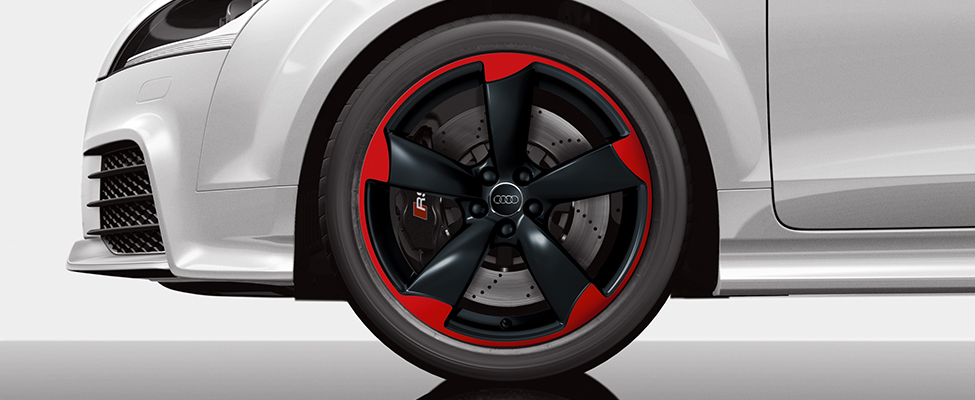
The ‘Wheel’ Deal About Tires
Your wheels and specifically your tires should be the only contact your vehicle has with the road and sometimes the road is not very forgiving. Always ask your dealership about the recommended tire maintenance schedule for your make and model. Some brands, like Porsche, publish manufacturer-recommended schedules for summer and winter tires for all new and classic vehicles.
Where the rubber meets the road
A tire acting at maximum efficiency transfers the high power of your vehicle to the road below and keeps you moving forward safely and efficiently. To ensure your tires are always performing at their best you should always be aware of tire pressure, tread and balance.
Tire Pressure:
Some vehicles come outfitted with a tire pressure monitoring system that illuminates a low tire pressure warning light when one or more of your tires is significantly under-inflated. When the low tire pressure light illuminates, you should stop and check your tires as soon as possible and inflate them to the proper pressure. No one drives your vehicle as often as you, so you should be the person to notice a change. Take a minute to manually check your tire pressure at least once a month and visit your dealership if you find your tire is consistently losing air. Driving on a significantly underinflated tire damages the wheel and can lead to tire failure. Under-inflation also reduces fuel efficiency and tire tread life and may affect the vehicle’s handling and stopping ability.
Tire Tread:
For most people retirement can’t come soon enough but do you know when is a good time to re-tire your vehicle? If you look at the tread indicator on your tire and you notice the tread has been worn to 2/32”, it is time to find new tires. Driving with low tire tread affects your vehicle’s handling, grip and uneven tread can impact fuel economy and lead to tire failure. Visit your dealership today to replace your well-worn tires and revitalize your road performance.
Tire Balance:
Wheel alignment and tire balance should be verified every 15,000 km by service professionals. Driving in Saskatchewan means navigating a minefield of potholes and even minor impacts can cause abnormalities in the wheel and tire assembly and cause vibrations or irregular wear.
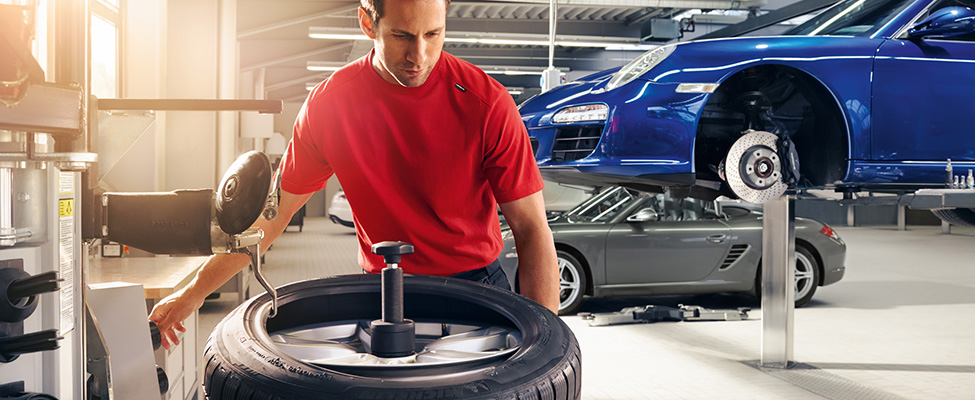
Tire shopping tips
Your goal in tire shopping should be to find the highest quality tire that matches your vehicle, your specific needs and your budget. There are tires specifically designed to last longer, offer better traction, produce a smoother ride or improve your vehicles gas mileage.
To start, consider your climate. All-season tires deliver a good, well-rounded performance but are never outstanding in any way. Summer tires deliver on handling and dry/wet braking, but they are obviously not designed for winter performance. By contrast, winter tires have outstanding snow traction but their braking ability suffers on cleared roads.
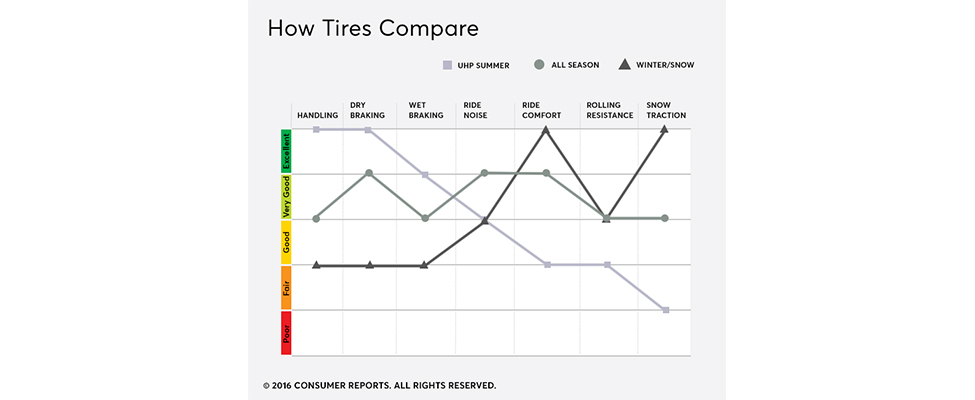
Next, check your owner’s manual to find the size of tire recommended for your vehicle or ask a service professional at your dealership. When you’ve found a type of tire that fits your vehicle you now need to ensure it meets your needs.
There is a rating system that tells us the maximum speed at which a tire can run for two hours without failure. The tire performance rating is the last letter of the tire size on the sidewall of your tires. The most common speed ratings are T (189.9 kilometers per hour) and H (209.2 kilometers per hour). If a consumer were to drive only in urban situations at low speeds, a tire with an S (180.2 kilometers per hour) speed rating might be completely acceptable.
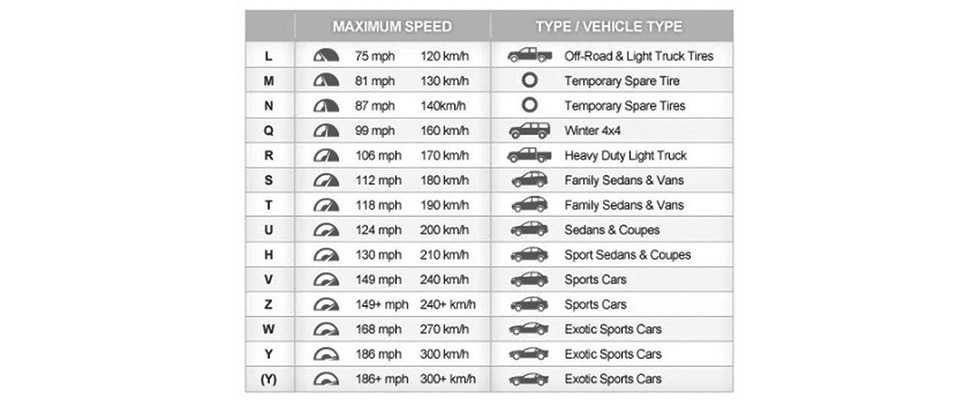
If you don’t need to replace an entire set of tires, always make sure the replacement tire matches the brand type, size and speed rating of the other tires. One or two unmatched tires on your vehicle could affect your driving safety.
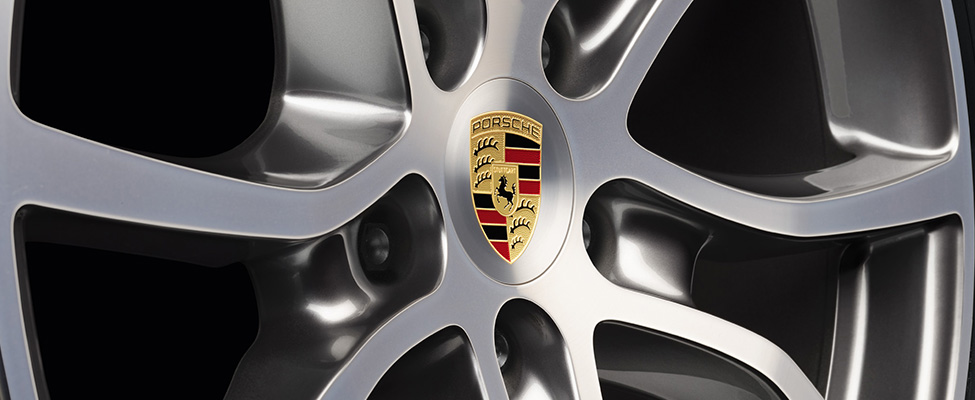
Porsche N spec
Porsche engineers have designed a series of difficult and diverse tests for a tire to pass to ensure that they would be capable of adequately supporting the Porsche vehicle while allowing it to reach its top speed under a wide range of driving conditions. It’s like the Hunger Games for tires. Only the best reach the end and achieve Porsche N spec approved status before being released for production.
The tire must excel in four areas to meet the criteria for approval:
Speed:
The tire must be capable of safely handling the Porsche vehicle at any speed while allowing it to reach its top speed on a track or the German Autobahn.
Noise:
As tires continue to grow in size and width, noise suppression becomes more and more important. Generally speaking, Porsche performance tires are low profile and very soft. This makes it even more difficult to manage road noise. You can rest assured that those tires with a Porsche N spec approval will be as quiet as possible.
Hydroplaning:
The focus in recent radial tire development for Porsche vehicles has primarily included optimum handling on dry surfaces and the safest possible behavior on wet surfaces, even at high speeds.
Handling:
Your tires provide the grip that keeps your Porsche “stuck” to the road. Poor tire construction, soft sidewall, or tires that are too firm are all things which will lead to reduced handling and possible safety concerns that can be avoided by choosing a Porsche N spec tire.
Most popular N spec approved tires:
Michelin Pilot Super Sport Tire
Goodyear Eagle F1 Asymmetric Tire
Bridgestone Potenza RE050A Tire
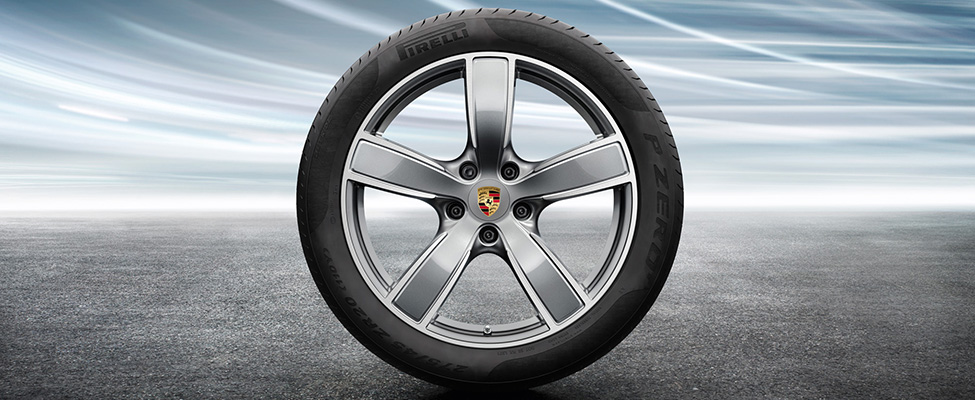
Wheels have come a long way since that first solid doughnut of wood. Wheels are now more versatile, capable and powerful than ever but they also require a watchful eye. If you take care of your tires, your tires will take care of you. Make sure you are always aware of the state of your tires and do not hesitate to visit your dealership for a checkup or if you have questions about how best to take care of your wheels.





